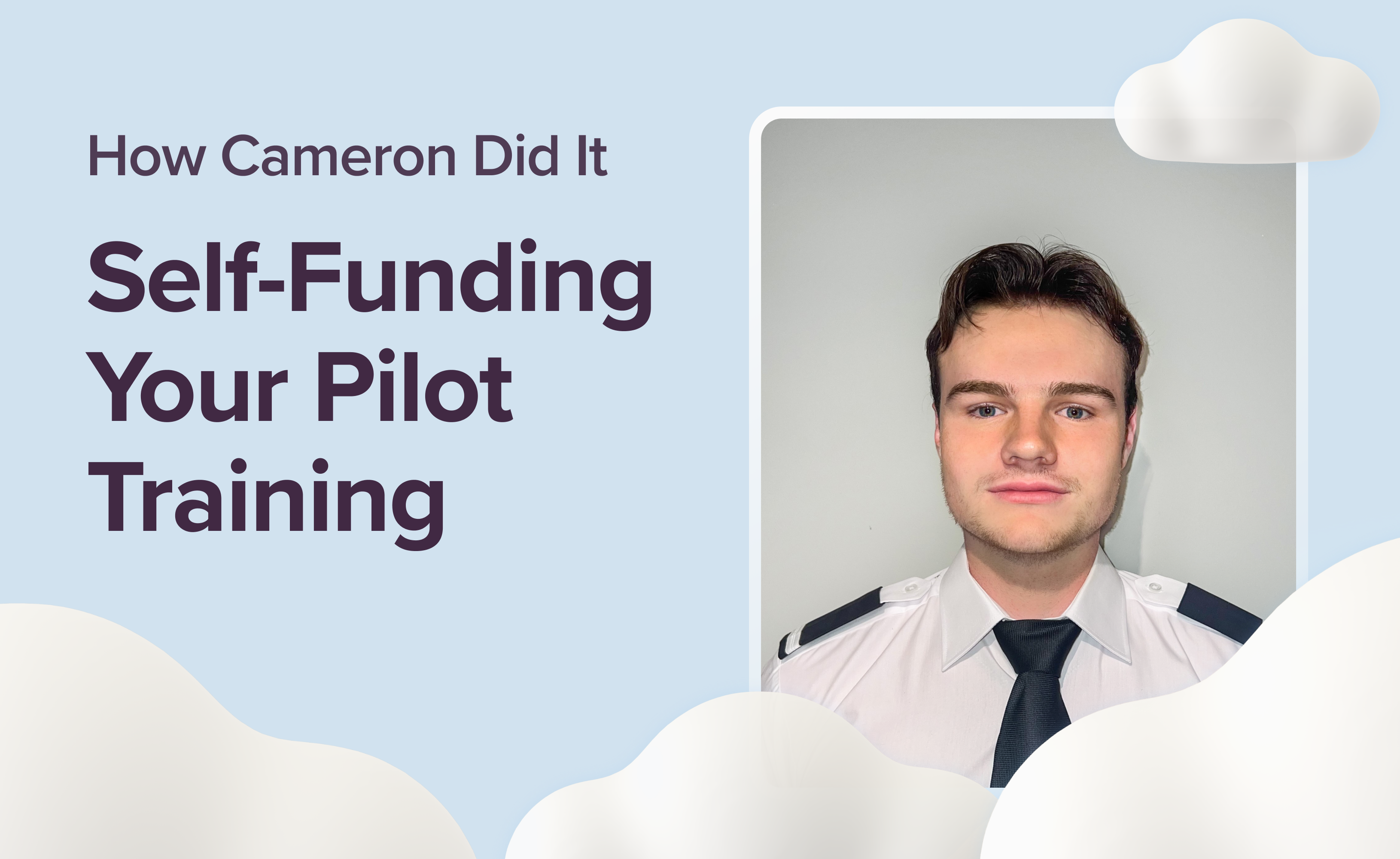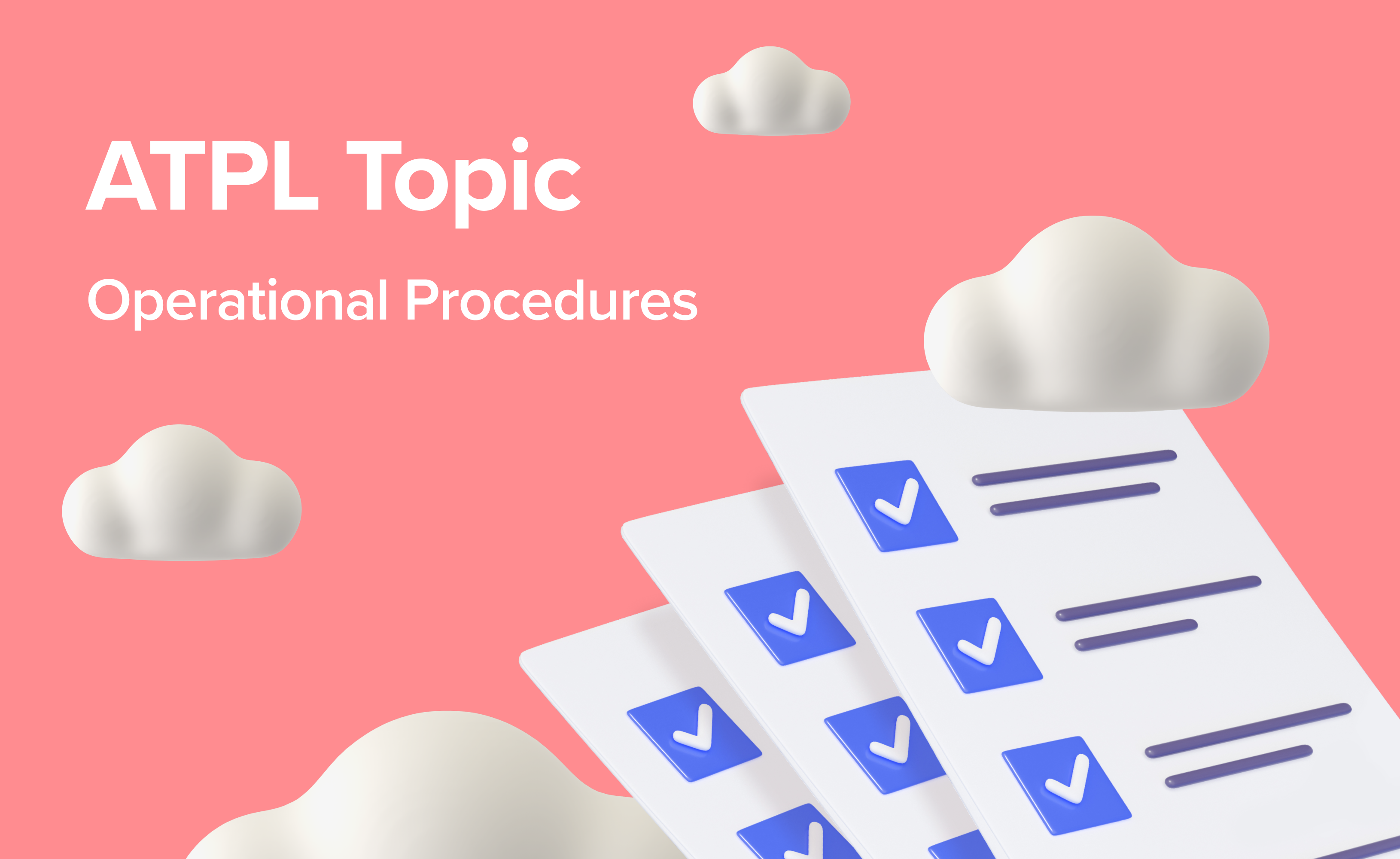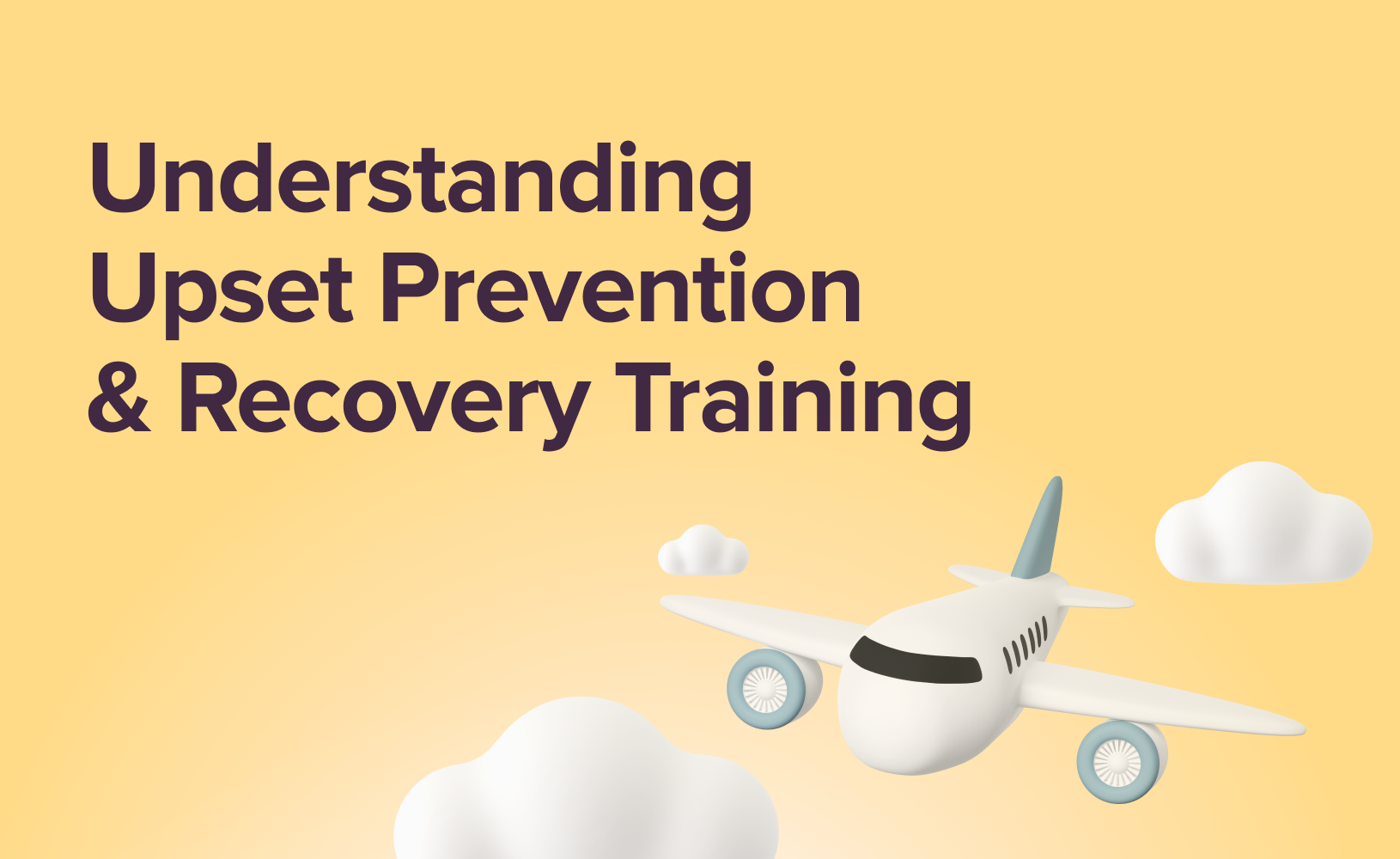Navigating the Costs: A Guide to Funding Your Pilot Training

Ever dreamed of soaring through the skies as a pilot, but worried that the costs make it a privilege only for the wealthy? It's a common concern, but the reality is that with the right financial planning and strategies, the dream of becoming a pilot is within reach for many more people than you might think. While it's true that pilot training comes with a significant price tag, it doesn’t have to be a barrier. With determination and the right financial approach, your aviation ambitions can take flight.
In this guide, we’ll explore the best strategies to fund your pilot training, walk you through essential financial planning steps, and uncover cost-saving opportunities that can make your journey to the cockpit more affordable. Keep reading to discover how to turn your dream of becoming a pilot into a reality, regardless of your financial starting point.
The Investment of a Lifetime

Pilot training is a significant financial commitment, but it's also an investment in a fulfilling and rewarding career. According to the European Aviation Safety Agency (EASA), obtaining a Commercial Pilot Licence (CPL) in Europe can cost anywhere from €60,000 to €100,000. This price tag reflects the extensive aviation training, advanced technology, and expert instruction required to bring out skilled airline pilots ready for the demands of the aviation industry.
While the initial training costs may seem steep, the potential rewards far outweigh the investment. Payscale reports that the current median salary for Chief Pilots in Europe is €195,000. Airlines like Lufthansa Group, British Airways, Air France-KLM, Ryanair, and easyJet are among the top-paying carriers in Europe, offering some of the highest salaries in the industry.
Completing pilot training and earning your Airline Transport Pilot Licence (ATPL) opens the door to a career with some of the highest salaries in the job market. According to the latest data, newly qualified First Officers can expect a starting salary that surpasses the average graduate salary in many countries. For instance, pilots in London earn an average of £48,121 annually, significantly higher than the UK’s national average salary.
Moreover, the demand for pilots is growing. Airbus, for instance, projects that 80 new airline pilots will be needed every day over the next two decades, with Europe accounting for 20% of this demand. This translates to a need for 16 new pilots daily in Europe alone. With the industry booming, the long-term financial benefits of becoming a commercial pilot are clear. As you consider getting started on this journey, understanding the costs and planning your finances is the first step toward a successful aviation career.
Establish Clear Goals

To begin financial planning, start by defining your pilot training goals. Determine the pilot accreditation you want, where you'll study (classroom or online), and the type of course (integrated or modular generally). These factors, along with training duration and flight school location, significantly impact the total cost of pilot training.
The integrated route is a full-time, fast-track program that can be completed in around 18 to 24 months. It is more expensive, with costs ranging from €70,000 to €100,000, but it offers a streamlined path to obtaining your ATPL.
The modular route allows you to complete training in stages at your own pace. While this option can be more affordable, with costs ranging from €50,000 to €80,000, it typically takes longer to complete.
To learn more about the modular route, a popular path for aspiring pilots, click here.
Additional costs. In addition to course fees, remember to consider payment for accommodation, living expenses, textbooks, and equipment. The location of your flight school can also impact your budget — schools in major cities or tourist destinations often have higher living costs. Some students opt for remote learning options for the theoretical knowledge part of their training, which can save money on commuting or relocation. Carefully consider these factors to accurately estimate the total cost of pilot training and plan your finances accordingly.
Assess Current Financial Situation

This step involves more than just knowing how much money you have. It’s about understanding your entire financial picture. By assessing the following aspects of your financial situation, you can identify any gaps and develop a realistic budget that supports your pilot training journey without jeopardizing your financial stability.
General Income: Start by calculating your monthly income from all sources, including your salary, any side jobs, and passive income.
Debt: Then, list your regular financial obligations, such as rent or mortgage payments, utilities, groceries, transportation, insurance, and any other recurring expenses. It’s also important to consider any existing debts, such as student loans, credit card debt, or personal loans.
Understanding your debt-to-income ratio will help you gauge how much more debt you can responsibly take on if needed for your training. Keep in mind, that a general rule of thumb is that a debt ratio below 30% is excellent, while above 40% is considered critical.
Savings: Determine how much you have saved and how much of it you’re willing to allocate toward your training.
Create a Detailed Budget
Creating a detailed budget is an essential step in managing the costs of pilot training. A well-crafted budget will help you stay on track financially and avoid unnecessary stress during your training. Start by breaking down your expenses into two main groups: living expenses and training-related costs.
Living expenses include all your day-to-day costs such as rent or mortgage, utilities, groceries, transportation, insurance, and other monthly bills. It’s essential to be as accurate as possible when estimating these expenses to ensure your budget is realistic.
Training expenses, on the other hand, encompass the costs directly related to your pilot training. These include tuition fees, ground school costs, flight training hours, exam fees, textbooks, uniforms, and any necessary equipment.
Emergency fund. It is wise to build a financial safety net. This fund should cover unexpected expenses or emergencies that could arise during your training, such as medical bills or car repairs. Furthermore, allocate a portion of your budget for future training needs, such as advanced ratings or additional certifications. A common recommendation is to have at least three to six months' worth of living expenses in your emergency fund.
Using this structured approach, you’ll have a clear roadmap for managing your finances throughout your pilot training.

Identify Potential Financing Options
Financing pilot training can be challenging, but various funding sources are available to help ease the financial burden. Your first option might be personal savings, but it’s important to use them wisely. While using savings can reduce your need for loans, depleting them entirely could leave you financially vulnerable, so it’s crucial to strike a balance.
Loans are a common way to finance pilot training. Depending on your location, you might be eligible for federal student loans, private loans, or personal loans. In the UK, for example, secured loans against property are an option if you or a family member owns real estate. It’s critical to shop around for loan terms, comparing interest rates, repayment terms, and conditions to find the best option for your needs.
Alternatively, consider borrowing funds from family or friends, ensuring beforehand that you have the means for repayment.
Scholarships and grants are another excellent way to offset the costs. Various aviation organisations, flight schools, and universities offer scholarships to student pilots based on merit or financial need. Additionally, some employers provide grants, sponsorships, or the financial support for employees pursuing pilot training, so it’s worth checking if your current workplace offers such programs.
Part-time work can also help you fund your training, though balancing work and studies can be challenging. Some flight schools offer work-study programs, allowing you to work in exchange for reduced tuition.
Lastly, there are also sponsorship programs, covering the cost of training in exchange for a commitment to work for them after obtaining your CPL.
Maximise Self-Study Efforts

Getting the most out of your self-study efforts can significantly reduce the cost and duration of your pilot training. Self-study allows you to master theoretical concepts at your own pace, making your time with instructors more efficient and productive. This approach not only saves money but also helps you progress through your training faster.
There are numerous resources available to aid your self-study, including textbooks, online courses, and flight simulators. Many flight schools offer online ground school programs, which can be more affordable than in-person classes.
Additionally, flight simulators, whether at home or at your school, provide an excellent way to practise and reinforce your skills without the higher cost of actual flight hours.
Another effective and affordable tool for theory exam preparation is to practise with the question bank. For example, Airheadatpl platform provides access, providing access to the most comprehensive database of real ATPL exam questions. Users also receive detailed explanations and real-time progress tracking. Plus, they join our community for support and discussion.
Another advantage of self-study is that it allows you to tailor your learning to your individual needs. You can focus on areas where you require more practice, ensuring that you are fully prepared for each stage of your training.
By taking charge of your education and taking full advantage of available resources, you can reduce your overall training costs and accelerate your journey to becoming a pilot.
Best Strategies to Pay for Pilot Training

When it comes to funding your pilot training, several strategies can help you manage costs and minimize debt. Here’s how you can make the process more affordable:
1. Increasing Flight Hours as a Private Pilot
If you already hold a private pilot licence (PPL), consider working in aviation-related jobs to build flight hours. Roles such as banner towing, aerial photography, or flight instruction can help you accumulate the necessary hours while earning income. This approach allows you to gain valuable experience and offset some training costs, reducing the need for additional financing.
2. Balancing Work and Training
For those without a licence, part-time work, especially in aviation or related fields, can supplement your income while training. Jobs at airports, for example, might offer flexible hours and opportunities to network within the industry. Balancing work and training requires careful time management but can significantly reduce your reliance on loans.
3. Full-Time Employment Before Training
Another option is to delay your training to work full-time and save money. By working for a few years, you can build up your savings and reduce the amount you need to borrow. Additionally, full-time work might provide access to employer-sponsored tuition reimbursement programs or other educational benefits.
4. Taking Advantage of Scholarships and Grants
Numerous scholarships and grants are available to aspiring pilots. Besides, it is the most effective ways to lower costs. Organisations like the Aircraft Owners and Pilots Association (AOPA), Women in Aviation International (WAI) or Experimental Aircraft Association offer financial aid based on merit, need, or specific criteria. These scholarships can cover a substantial portion of your expenses, making it easier to afford the high costs associated with becoming a pilot.
5. Work-study programs
Some flight schools offer these programs, allowing students to work part-time in administrative or operational roles in exchange for reduced tuition fees. This not only helps with financing but also provides valuable industry experience and networking opportunities.
6. Airline-sponsored training programs
Some airlines, like British Airways, offer sponsorships that cover the cost of training in exchange for a commitment to work for them upon completion of your training. These programs are highly competitive, but they offer a clear path from training to employment, with the added benefit of having your training costs covered.
By strategically combining these approaches, you can create a comprehensive plan to finance your pilot training while minimizing debt and maximizing your return on investment.
Look for Cost-Saving Opportunities

There are numerous cost-saving opportunities available to aspiring pilots, and taking advantage of them can significantly reduce the financial burden of your training.
1. Cut Down on Living and Transportation Expenses
One of the most practical ways to make pilot training more affordable is by reducing your living expenses. Start by assessing your current lifestyle and identifying areas where you can cut costs. Housing is often the largest expense, so consider downsizing or sharing accommodation to lower your rent or mortgage payments. If your flight school is in an expensive area, relocating to a more affordable town or city can also make a big difference.
Transportation costs can also add up quickly. If you live near your flight school, walking or biking can save you money on fuel and parking. Public transportation is another cost-effective alternative to driving, especially when you factor in the costs of insurance, maintenance, and fuel.
2. Choose an Affordable Flight School
When selecting a flight school, consider all associated costs, including tuition, equipment, and living expenses. Some schools offer payment plans or discounts for upfront payments, which can help manage your finances more effectively. Thorough research and comparison of schools are essential to find one that fits your budget without compromising on the quality of education and training.
Discover the top EASA-accredited flight schools in Europe and the UK.
3. Leverage Educational Tax Benefits
In the UK and many European countries, you may be able to claim tax deductions or credits for educational expenses if your training is directly related to your current or future employment. For instance, certain costs associated with flight training, such as tuition, books, and supplies, may be eligible for tax relief.
However, tax regulations vary across Europe, so it's advisable to consult with a tax professional who understands the specific rules in your country. They can help you navigate the tax benefits available to you, ensuring you maximize your savings. Properly leveraging these educational tax benefits can significantly ease the financial load of pilot training.
4. Cutting Back on Non-Essential Spending
Another effective strategy is to cut back on non-essential spending. Review your monthly subscriptions, dining habits, and entertainment expenses to identify areas where you can save. Simple changes, like cooking at home more often or choosing budget-friendly activities, can add up over time, freeing up more funds for your pilot training.
5. Seek Financial Guidance
If you’re unsure about how to manage your finances effectively, consider seeking advice from a financial advisor. They can help you optimize your budgeting, investments, and overall financial strategy, ensuring you stay on track to fund your pilot training.
6. Buy Second-Hand Gear
Consider purchasing second-hand textbooks, flight gear, and equipment. Many flight schools and online communities have marketplaces where you can find used items at a fraction of the cost of new ones. By taking the time to search for these deals, you can significantly reduce your training costs.
7. Track Your Progress
As you move forward with your pilot training, regularly track your expenses and compare them to your budget. Monitoring your financial situation and adjusting your budget as necessary will help you stay on the right path. By being diligent about your income, savings, and spending habits, you can ensure you remain financially secure throughout your training journey.
Airhead’s Takeaway

Taking on a journey to become a pilot is an exciting yet financially demanding process. With the aviation industry offering numerous flight schools across Europe, ranging from prestigious institutions to more affordable options, it’s essential to find a training program that aligns with your career goals and financial situation. The process of researching, budgeting, and securing funding may seem overwhelming, but it’s a crucial first step toward achieving your dream of flying.
Remember, this is not just about the money; it’s about making a strategic investment in your future. Take the time to carefully assess your financial situation, create a detailed budget, and explore all available funding options. Don’t hesitate to seek advice from financial experts, mentors, or professionals in the aviation industry. Their insights can provide valuable guidance as you navigate the complexities of financing your pilot training.
By approaching this journey with careful planning and a proactive mindset, you can successfully manage the financial challenges and take confident steps toward a rewarding aviation career. Your dream of becoming a pilot is within reach, and with the right financial strategy, you can make it a reality.






























